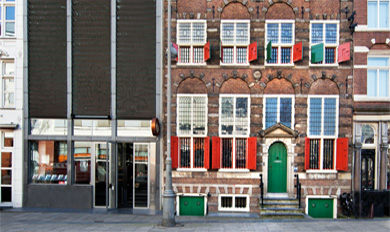
The Hortus Botanicus is a great place to chill and wander, marvel at the gardens and enjoy life.
The Hortus Botanicus Amsterdam is perhaps one of the oldest botanical gardens in the world. This garden was established in 1638 as a “Hortus Medicus”, an herb garden for the physicians and pharmacists of Amsterdam.
The Hortus interacts with the community in a special way, offering guided tours, the services of a “plant doctor” who will diagnose your plant’s problem or identify it for you.
The showcase is the special Three Climates Greenhouse, built in 1993 and has tropical, sub-tropical and desert sections within.

The Palm Greenhouse was constructed in 1912, and houses some really unusual palm trees in high Victorian style.
Info:
Open Monday to Friday from 9 a.m. until 5 p.m. Saturday, Sunday and public holidays from 11 a.m. until 5 p.m.
From 1st November until 1st April the garden closes at 4 p.m. The Hortus is closed on 1st January and 25th December (Christmas Day).
Adult admission is 9.50 euros, but seasonal discounts apply, and reductions for children and seniors.









 >
>


